Home>Garden Essentials>What Kind Of Seed Do Cardinals Like
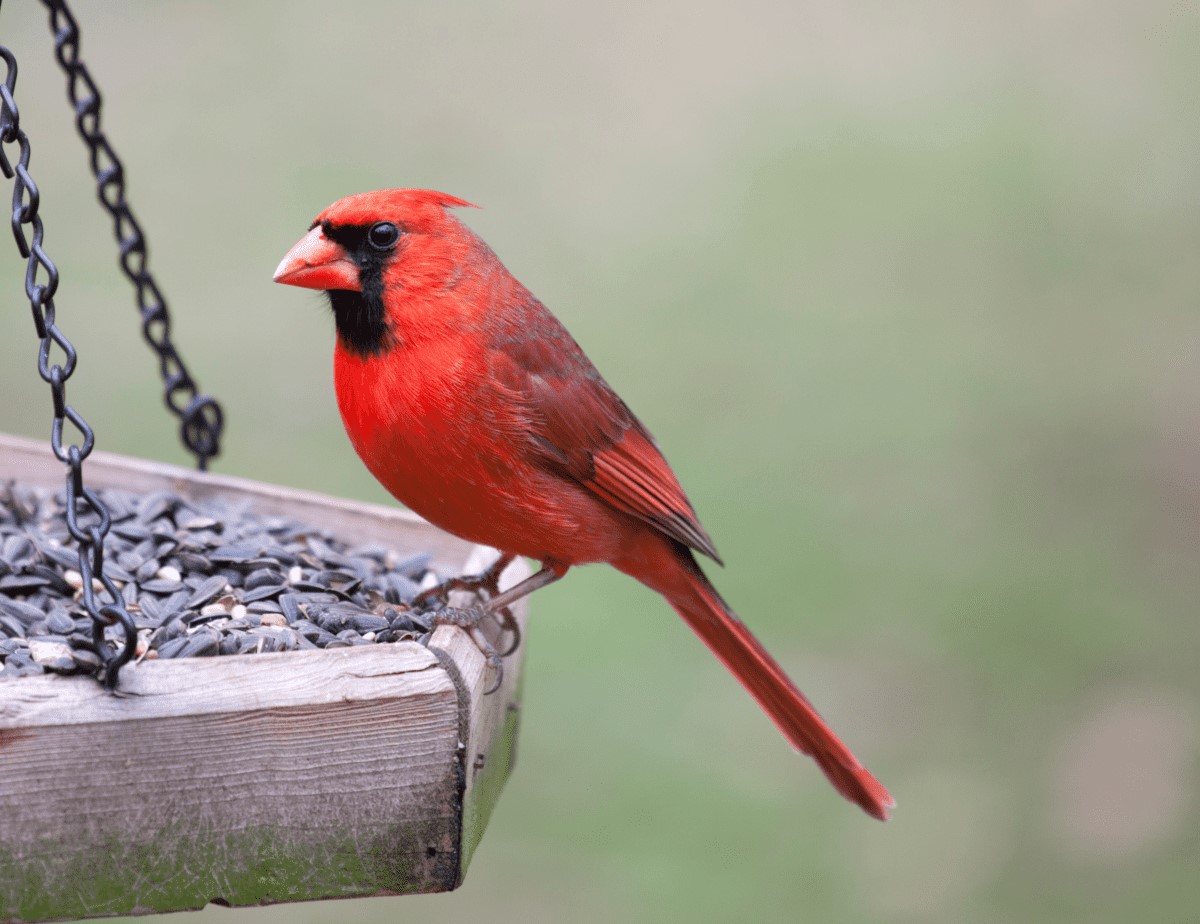

Garden Essentials
What Kind Of Seed Do Cardinals Like
Modified: March 24, 2024
Discover what kind of garden seed Cardinals like to attract these beautiful birds to your backyard. Find out the best seed options for your garden and start enjoying the presence of Cardinals today.
(Many of the links in this article redirect to a specific reviewed product. Your purchase of these products through affiliate links helps to generate commission for Storables.com, at no extra cost. Learn more)
Introduction
Welcome to the wonderful world of gardening! If you’re an avid bird watcher or simply enjoy the beauty of nature, you’ve most likely encountered the vibrant and striking Red Cardinals. These birds, with their brilliant red plumage and distinct crests, are a sight to behold.
One of the joys of having a garden is being able to attract and observe a variety of birds. If you want to entice Cardinals to visit your yard, one of the easiest ways to do so is by offering them their favorite food – seeds. By providing the right types of seeds in your feeders, you can create a feeding haven for these beautiful creatures.
In this article, we’ll delve into the preferences of Cardinals when it comes to seed choices. We’ll explore the different kinds of seeds that Cardinals love, as well as other food options that can attract them to your garden. So, let’s get started and learn more about what kind of seed Cardinals like!
Key Takeaways:
- Attract Cardinals to your garden by offering sunflower, safflower, Nyjer, and millet seeds in elevated feeders. Add fruits, water, and shelter to create a welcoming environment for these vibrant birds.
- Cardinals enjoy sunflower, safflower, Nyjer, and millet seeds, as well as fruits, insects, and water. Create a diverse feeding area with proper feeders and a variety of food choices to attract and support these beautiful birds.
Read more: What Seeds Do Cardinals Like
Understanding Cardinals’ Feeding Preferences
Before we dive into the specific types of seeds that Cardinals prefer, it’s important to understand their feeding habits and preferences. Cardinals are primarily granivorous birds, meaning they primarily eat seeds. However, they also consume a variety of other foods, including fruits, berries, insects, and even small invertebrates.
When it comes to seeds, Cardinals have a few key preferences. They tend to favor large, hard-shell seeds that provide a good source of energy. Additionally, Cardinals have strong, sturdy beaks that allow them to crack open and consume these types of seeds with ease.
It’s also important to note that Cardinals prefer to feed from elevated platforms or feeders rather than pecking at seeds on the ground. Having the right feeder setup can make a significant difference in attracting Cardinals to your garden.
Now that we have a better understanding of Cardinals’ feeding preferences, let’s explore the specific kinds of seeds that they enjoy!
Popular Seed Choices for Cardinals
When it comes to seed choices for Cardinals, there are a few options that they particularly enjoy. These seeds provide Cardinals with the essential nutrients they need while also appealing to their feeding preferences. Let’s take a closer look at some of the most popular seed choices for Cardinals:
- Sunflower Seeds: Sunflower seeds are a top favorite among Cardinals. They are high in fat and protein, making them an excellent source of energy. Cardinals can easily crack open the shells to access the delicious kernel inside. You can offer both black oil sunflower seeds and striped sunflower seeds, as both varieties are relished by Cardinals.
- Safflower Seeds: If you’re looking for a seed that not only attracts Cardinals but also deters squirrels and certain bird species, safflower seeds are a great choice. Cardinals enjoy safflower seeds, and many other bird species tend to leave them untouched. This makes them an ideal option for creating a Cardinals-exclusive feeding area.
- Nyjer (Thistle) Seeds: Nyjer seeds, also known as thistle seeds, are small, black seeds that are highly favored by Cardinals. These high-energy seeds are a favorite among many bird species, including finches and sparrows. Cardinals will readily visit feeders filled with Nyjer seeds.
- Millet Seeds: Millet seeds are small, round seeds that are commonly found in various birdseed mixes. While Cardinals may not be as attracted to millet seeds as some other species, they will still consume them if other food sources are scarce. Adding some millet seeds to your feeder can provide an alternative option for Cardinals.
By offering a combination of these popular seed choices, you can create a diverse and enticing menu that will attract Cardinals to your garden and keep them coming back for more!
Sunflower Seeds
Sunflower seeds are a staple in many bird feeders, and Cardinals are no exception when it comes to their love for these nutritious treats. Cardinals are particularly fond of both black oil sunflower seeds and striped sunflower seeds.
Black oil sunflower seeds are highly nutritious, as they are rich in healthy fats, proteins, and essential nutrients. These seeds have a thinner shell compared to striped sunflower seeds, making them easier for Cardinals to crack open. The kernel inside the shell provides a high-energy food source that Cardinals can readily enjoy.
Striped sunflower seeds, on the other hand, have a thicker shell that may require a bit more effort for Cardinals to access the tasty kernel. However, the rewards are worth it. Striped sunflower seeds offer a chewier texture, which can provide Cardinals with an engaging and fulfilling feeding experience.
When selecting sunflower seeds for your Cardinals, make sure to choose high-quality seeds that are fresh and free from molds or pests. Store them in a cool, dry place to maintain their freshness and prevent spoilage.
To offer sunflower seeds to Cardinals, you can use a variety of feeders. Platform feeders and hopper feeders are popular choices, as they provide a stable surface for Cardinals to perch on while they crack open and consume the seeds. You can also sprinkle sunflower seeds on the ground or in a tray feeder to attract Cardinals who prefer feeding at ground level.
Remember to regularly clean and refill your feeders to ensure the freshness of the sunflower seeds. Cardinals, once they discover a reliable food source, will become regular visitors to your garden, adding a vibrant burst of color and beauty.
Safflower Seeds
When it comes to seed choices for Cardinals, safflower seeds are a top recommendation. These seeds have some unique qualities that make them a popular choice among bird enthusiasts, including their ability to attract Cardinals.
Safflower seeds are small, white seeds with a tough outer shell. They have a mild and slightly bitter taste, which some bird species, including squirrels and certain unwanted birds, find less appealing. Cardinals, however, are known to be fond of safflower seeds.
One of the advantages of offering safflower seeds is that they are less likely to be consumed by unwanted guests such as squirrels and starlings. This makes them an effective option for creating a Cardinals-exclusive feeding area in your garden.
Cardinals have powerful beaks that allow them to crack open the hard shells of safflower seeds. Once cracked, they can access the inner seed kernel, which provides a great source of energy and nutrition.
To attract Cardinals with safflower seeds, you can use a variety of feeder styles. Platform feeders and hopper feeders are popular choices, as they provide a comfortable perch for Cardinals to feed on safflower seeds. These feeders also allow Cardinals to easily crack open the shells and enjoy the inner seeds.
It’s important to note that it may take some time for Cardinals to develop a preference for safflower seeds. If your Cardinals are not initially attracted to safflower, don’t be discouraged. Keep offering them and be patient. Once they discover the safflower seed supply in your garden, they will likely become regular visitors.
Remember to always provide fresh safflower seeds and regularly clean your feeders to prevent mold and bacterial growth. This will ensure that the safflower seeds remain appealing and enticing to Cardinals and other birds that enjoy these delicious treats.
By including safflower seeds in your bird feeding routine, you can create a welcoming space for Cardinals while also deterring unwanted guests, making it a win-win situation for everyone.
Cardinals prefer to eat sunflower seeds, safflower seeds, and cracked corn. Providing a mix of these seeds in a bird feeder will attract them to your yard.
Read more: What Seed Do Cardinals Like
Nyjer (Thistle) Seeds
Nyjer seeds, also known as thistle seeds, are another favorite among Cardinals. These small, oil-rich seeds are highly appealing to a variety of bird species, including finches, sparrows, and of course, Cardinals.
Despite their name, Nyjer seeds are not actually thistle seeds but come from the African yellow daisy flower. These tiny black seeds are rich in oil and packed with essential nutrients, providing a high-energy food source for birds.
Cardinals are known to enjoy Nyjer seeds, particularly during the winter months when other food sources may be scarce. The small size of the seeds allows Cardinals to easily consume them, and their high oil content provides them with the necessary energy to sustain their activities throughout the day.
To offer Nyjer seeds to Cardinals, you can use a specialized thistle feeder or a tube feeder with smaller feeding ports. These feeders are designed to dispense Nyjer seeds while preventing larger bird species from accessing them.
One thing to note is that Nyjer seeds have a thin shell that can often be consumed entirely by birds. However, it’s still a good practice to ensure the freshness of the seeds by regularly cleaning and refilling the feeders.
When purchasing Nyjer seeds, ensure that you acquire them from a reputable supplier to guarantee their quality. Look for seeds that are free from dust, debris, and moisture, as these can affect their appeal to birds.
Position the feeder in a location that is easily visible and accessible for Cardinals. Placing it near shrubs or trees can provide them with additional cover and protection.
By offering Nyjer seeds, you can entice Cardinals to visit your garden and enjoy these nutritious treats. Remember to be patient, as it may take some time for Cardinals to discover and develop a taste for Nyjer seeds, especially if they are not familiar with them.
With a consistent supply of fresh Nyjer seeds, you’ll soon have Cardinals frequenting your feeders, bringing joy and beauty to your garden.
Millet Seeds
Millet seeds are small, round seeds that are commonly found in various birdseed mixes. While Cardinals may not be as attracted to millet seeds as some other bird species, they will still consume them if other food sources are scarce.
Millet seeds offer a variety of nutritional benefits for birds, including Cardinals. They are rich in carbohydrates and provide a good source of energy. These tiny seeds are also packed with essential vitamins and minerals.
While millet seeds may not be the first choice for Cardinals, they can still serve as an excellent supplemental food option. Including millet seeds in your bird feeders can help attract a broader range of bird species and create a more diverse feeding environment in your garden.
To offer millet seeds to Cardinals, you can include them in a birdseed mix or use a small tray feeder. Cardinals may prefer to feed on millet seeds that are positioned at ground level, so scattering some on the ground or using a ground feeder can be beneficial.
It’s important to note that millet seeds have a relatively short shelf life compared to other seeds. Therefore, it’s crucial to store them in a cool, dry place and monitor their freshness. Regularly clean your feeders and replace old or moldy millet seeds to ensure that you are providing the best quality food for Cardinals and other birds.
Remember that offering a variety of seed choices can attract a diverse range of bird species to your garden. While millet seeds may not be Cardinals’ top choice, they can still be a valuable addition to your bird feeding routine and create a vibrant and dynamic feeding environment.
So, don’t overlook the power of millet seeds in attracting a wide range of birds, including Cardinals, and enjoy the bustling activity and harmonious melodies that fill your garden.
Other Food Preferences of Cardinals
While seeds, such as sunflower, safflower, Nyjer, and millet seeds, are the primary food choice for Cardinals, these beautiful birds have a varied diet that extends beyond just seeds. Cardinals are known to enjoy fruits, berries, insects, and even small invertebrates.
Fruits and berries can be a delightful addition to a Cardinal’s diet. They are attracted to bright-colored fruits like oranges, berries, and apples. Simply slice or halve these fruits and place them on a platform feeder or impale them on skewers to provide a juicy and nutritious treat for Cardinals.
Insects and small invertebrates also play a significant role in Cardinals’ diet, especially during the breeding season when they provide an important source of protein for nesting adults and the growing chicks. Cardinals feed on beetles, caterpillars, spiders, and other small insects they find in shrubs, trees, and even on the ground.
If you want to attract Cardinals with insects, cultivate an insect-friendly garden by including native plants that attract a variety of beneficial insects. Avoid using pesticides as they may harm not only the insects but also the birds you are trying to attract.
Water is essential for all birds, including Cardinals. Providing a shallow bird bath or a small dish of water can entice Cardinals to visit your garden. They will appreciate having a place to drink and bathe, especially during hot summer days.
In addition to their food preferences, Cardinals also have preferences for feeder types and locations. They prefer open platform feeders or feeders with perches that allow them to have a clear view of their surroundings while feeding. Placing feeders in locations with nearby shrubs or trees can provide some cover and protection for Cardinals, making them feel more comfortable while feeding.
While seeds are the mainstay of a Cardinal’s diet, offering a variety of foods can help attract and support these beautiful birds throughout the year. By providing a balanced menu of seeds, fruits, insects, and water, you can create a welcoming environment that encourages Cardinals to visit and thrive in your garden.
Attracting Cardinals to your Garden
Attracting Cardinals to your garden can be a rewarding experience, and with the right strategies, you can create an environment that entices these delightful birds to visit and make your garden their home. Here are some tips to help attract Cardinals to your garden:
- Provide a variety of bird feeders: Cardinals prefer elevated feeders such as platform feeders or hopper feeders. These types of feeders provide a comfortable perch for Cardinals to feed on their favorite seeds. Consider placing multiple feeders around your garden to cater to different birds and minimize competition.
- Offer a variety of seeds: Cardinals have preferences for seeds such as sunflower, safflower, Nyjer, and millet seeds. By offering a diverse selection of seeds, you can cater to their specific tastes and increase the likelihood of attracting Cardinals.
- Add fruits and berries: Cardinals also enjoy fruits and berries, especially bright-colored ones like oranges, berries, and apples. Consider placing sliced fruits or impaled berries on a platform feeder to provide an additional food source that Cardinals find enticing.
- Create shelter and cover: Cardinals appreciate having nearby shrubs, bushes, or trees that provide them with cover and protection. Planting native shrubs and trees in your garden can create a natural habitat that Cardinals feel comfortable in. This will not only attract Cardinals but also provide them with nesting sites.
- Provide a water source: Cardinals, like all birds, need water for drinking and bathing. Install a bird bath or provide a shallow dish of water in your garden. Keep the water clean and fresh, and consider adding a small fountain or bubbler to attract Cardinals with the sound of running water.
- Keep your garden safe: Cardinals, like all birds, are vulnerable to predators. Create a safe environment by minimizing hazards such as excessive use of pesticides, keeping domestic cats indoors, and providing some natural cover for the birds to retreat to if needed.
- Be patient: Attracting Cardinals to your garden may take time. It may take a while for Cardinals to discover your feeders and become regular visitors. Be consistent in providing food, water, and shelter, and eventually, you will be rewarded with the presence of these beautiful birds.
Remember, creating a welcoming environment for Cardinals goes beyond just providing food. By incorporating a variety of elements like proper feeders, diverse seed choices, fruits, water, and shelter, you can attract and sustain Cardinals in your garden throughout the year.
Enjoy the sight and sound of Cardinals gracing your garden with their vibrant colors, and take pleasure in knowing that you’ve created a haven for these wonderful birds to thrive and flourish.
Read more: What Seeds Do Squirrels Not Like
Conclusion
Attracting Cardinals to your garden not only adds a splash of vibrant color but also provides a rewarding experience for birdwatchers and nature lovers. By understanding Cardinals’ feeding preferences and offering the right types of seeds, you can create a haven that entices these beautiful birds to visit and make your garden their home.
We explored some of the most popular seed choices for Cardinals, including sunflower seeds, safflower seeds, Nyjer seeds, and millet seeds. Providing these seeds in well-designed feeders can create a feeding haven that Cardinals cannot resist.
Additionally, we discussed other food preferences of Cardinals, such as their enjoyment of fruits, berries, insects, and water. By diversifying the menu and creating a well-rounded feeding area, you can attract Cardinals and support their overall health and well-being.
Creating the perfect environment for Cardinals goes beyond just food. By incorporating elements such as shelter, water sources, and safe surroundings, you can enhance their comfort and security in your garden.
Remember, attracting Cardinals may require patience and persistence. It may take time for Cardinals to discover and regularly visit your garden. But by providing a consistent supply of fresh food, clean water, and a welcoming environment, you can increase your chances of having these magnificent birds grace your garden with their presence.
So, set up your feeders, plant native shrubs and trees, and create a space that Cardinals will find irresistible. Enjoy the beautiful sights and cheerful songs of Cardinals as they visit your garden, filling it with joy and natural beauty.
Frequently Asked Questions about What Kind Of Seed Do Cardinals Like
Was this page helpful?
At Storables.com, we guarantee accurate and reliable information. Our content, validated by Expert Board Contributors, is crafted following stringent Editorial Policies. We're committed to providing you with well-researched, expert-backed insights for all your informational needs.
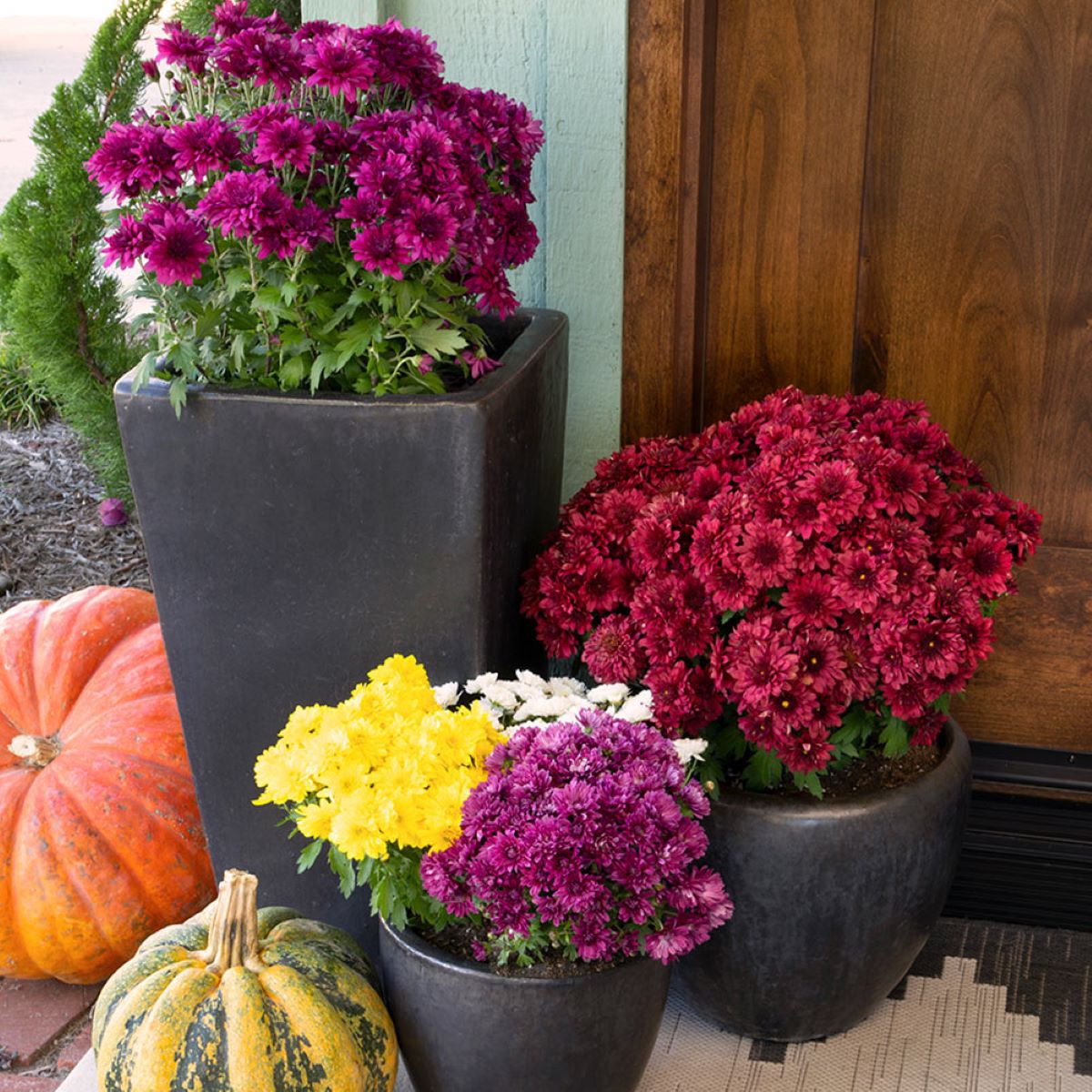
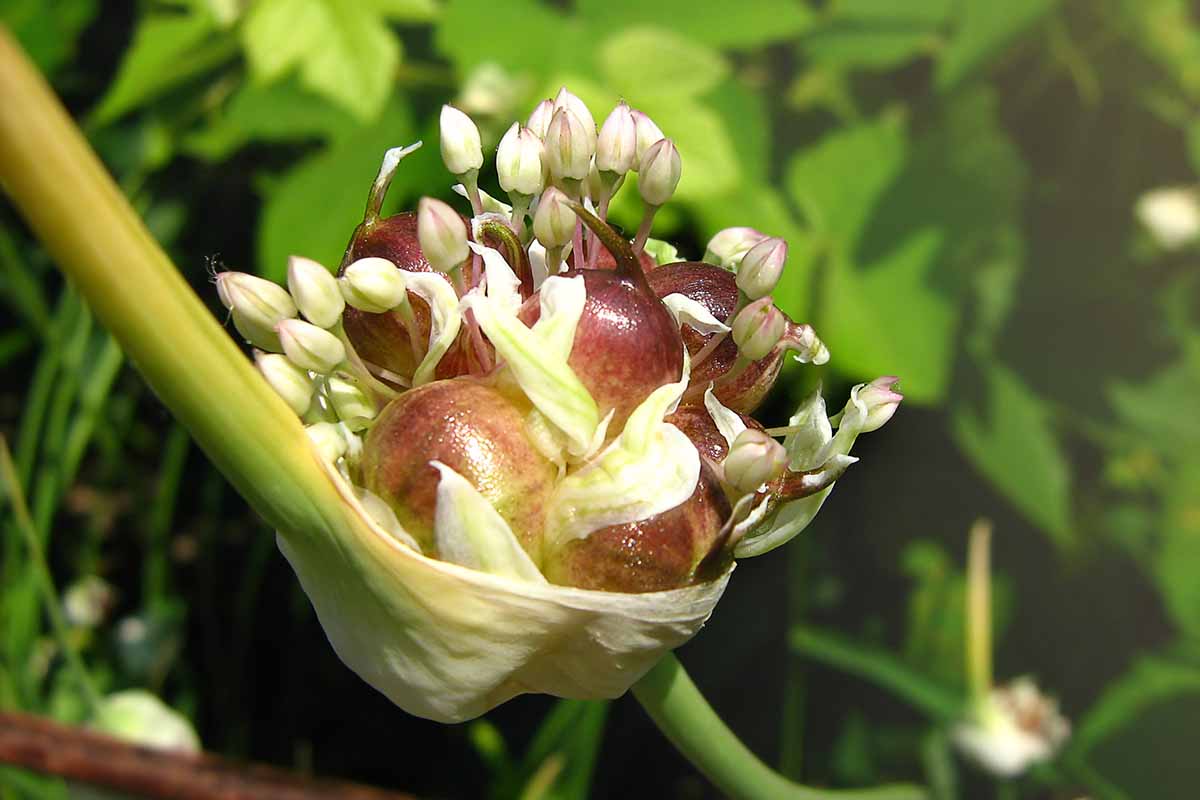
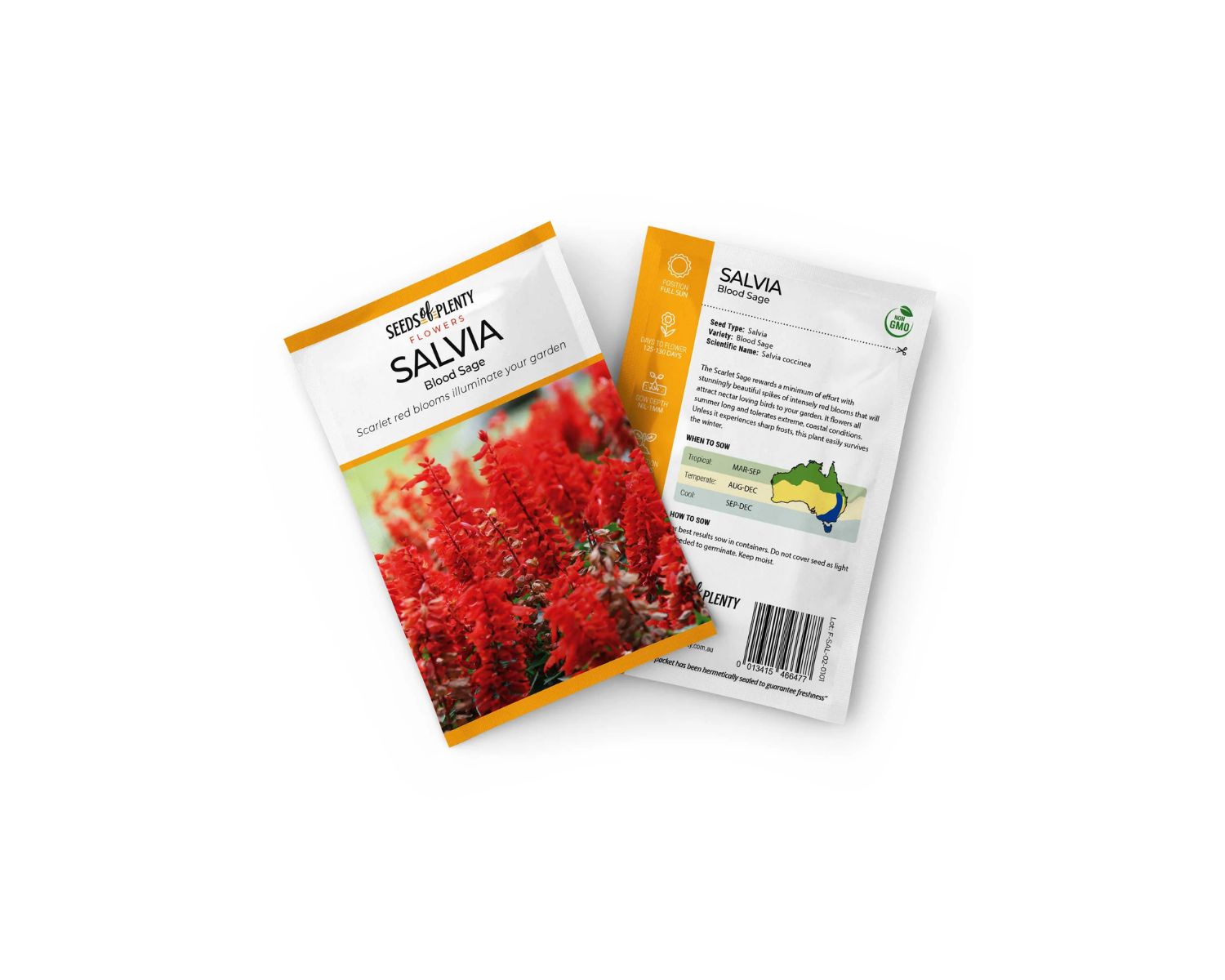
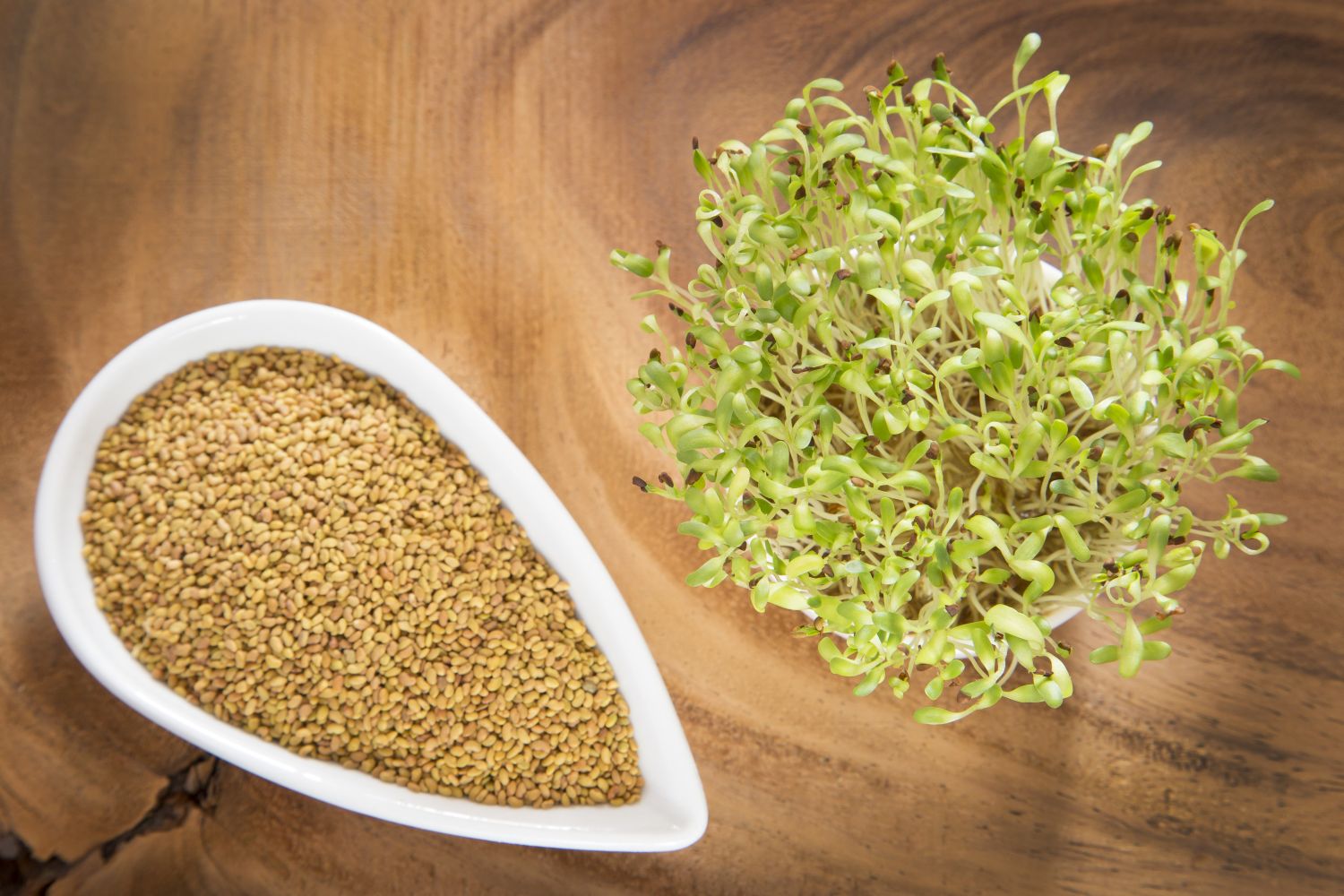
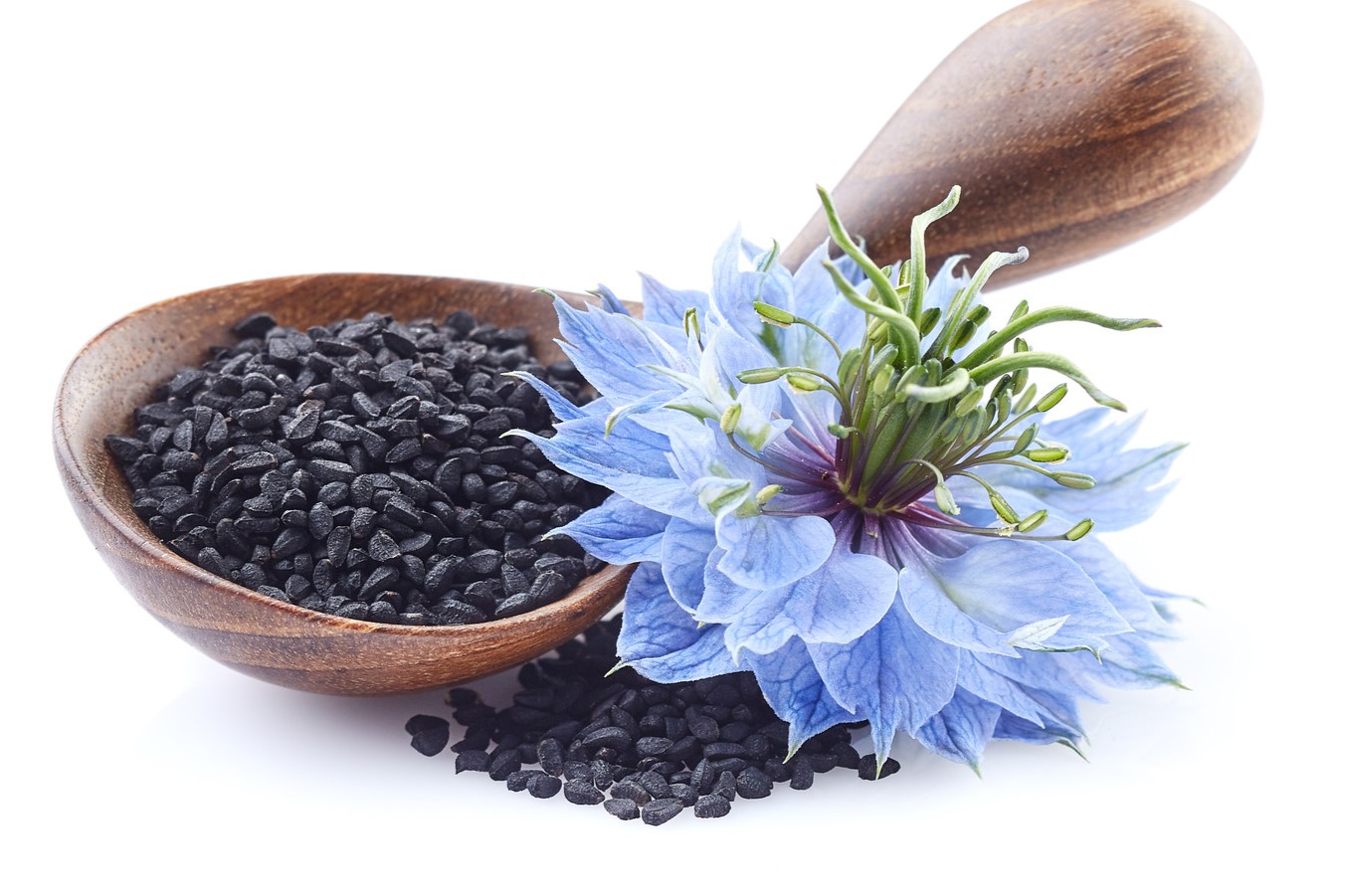
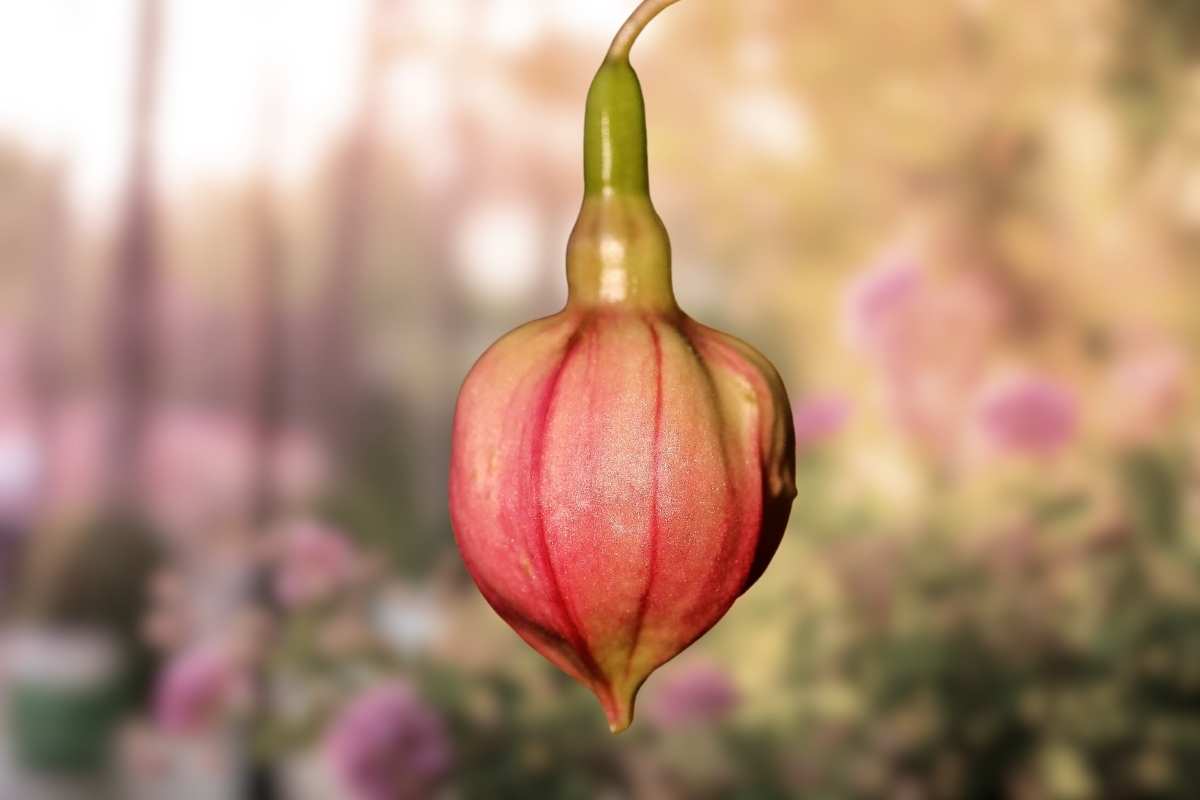
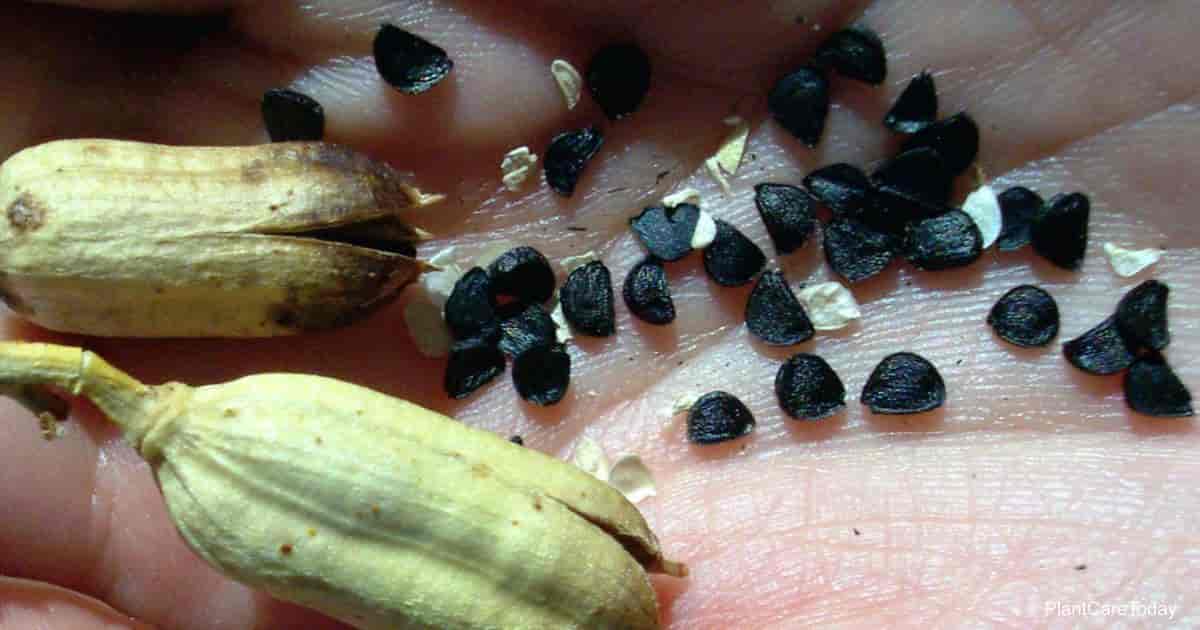
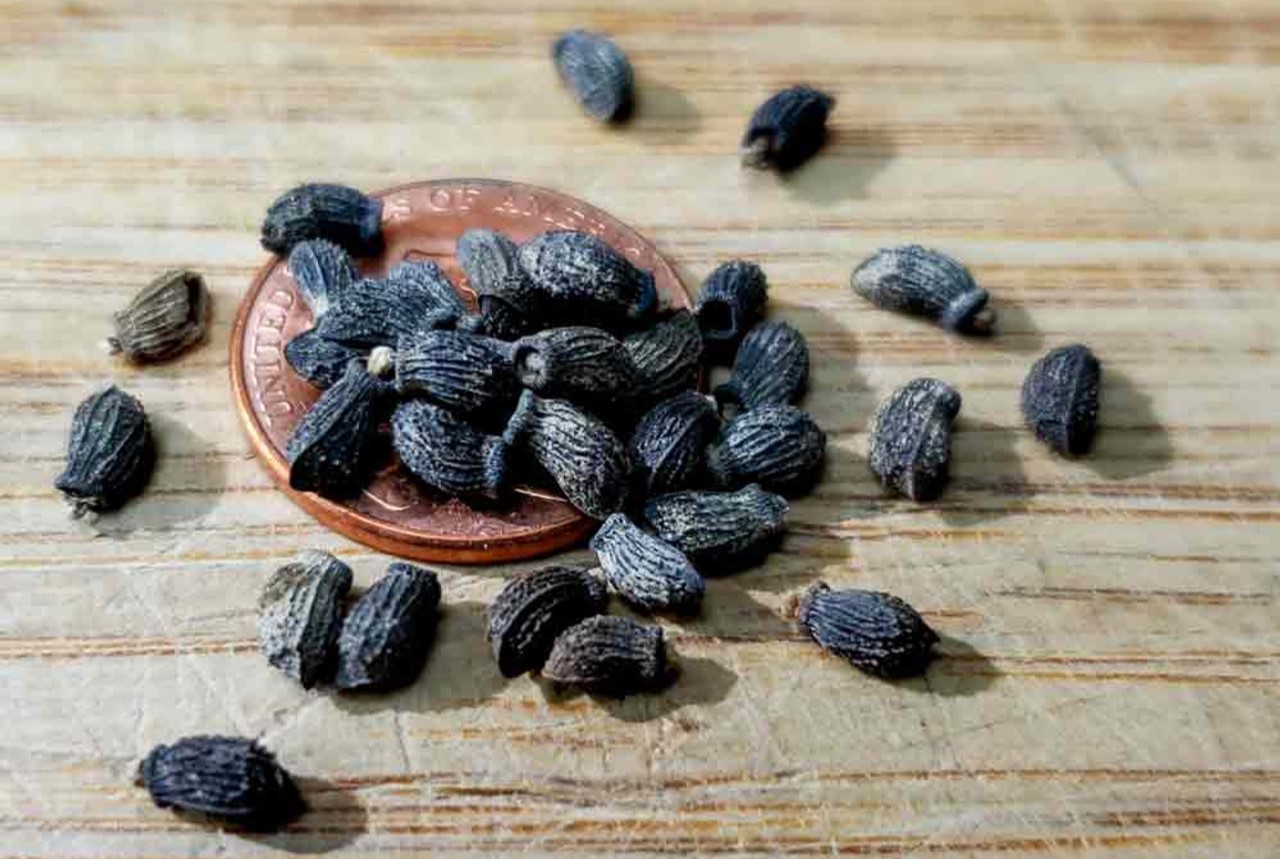

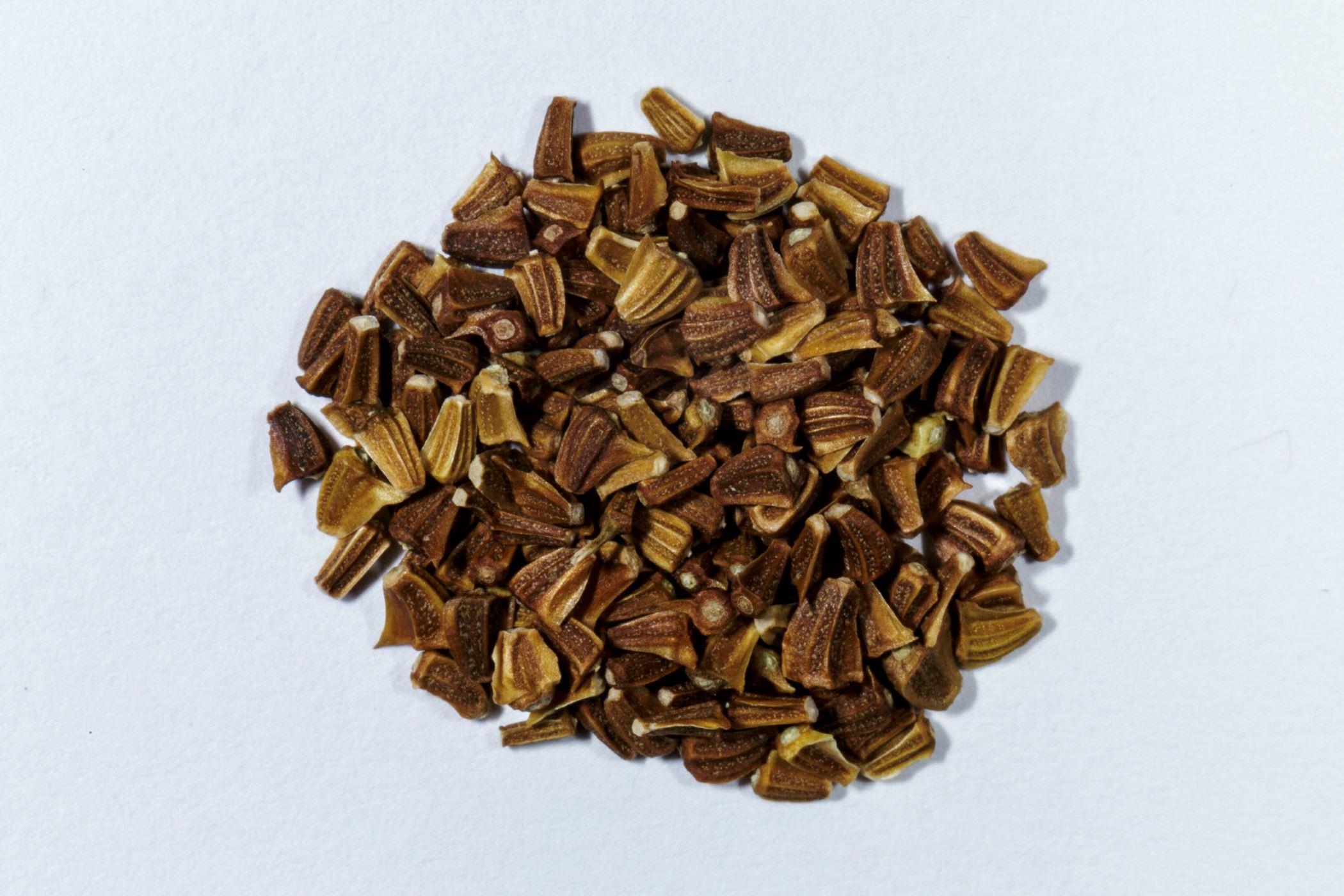
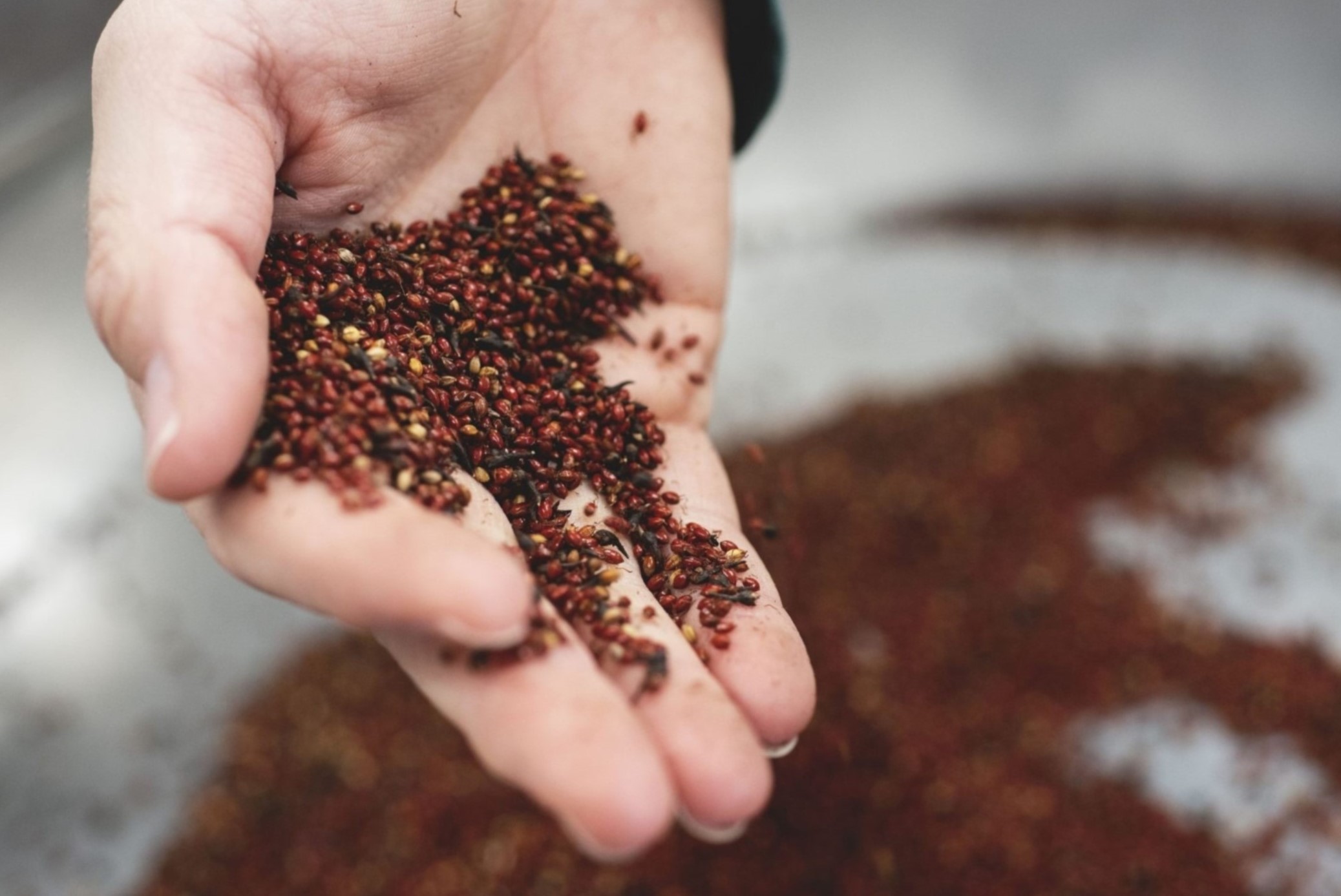
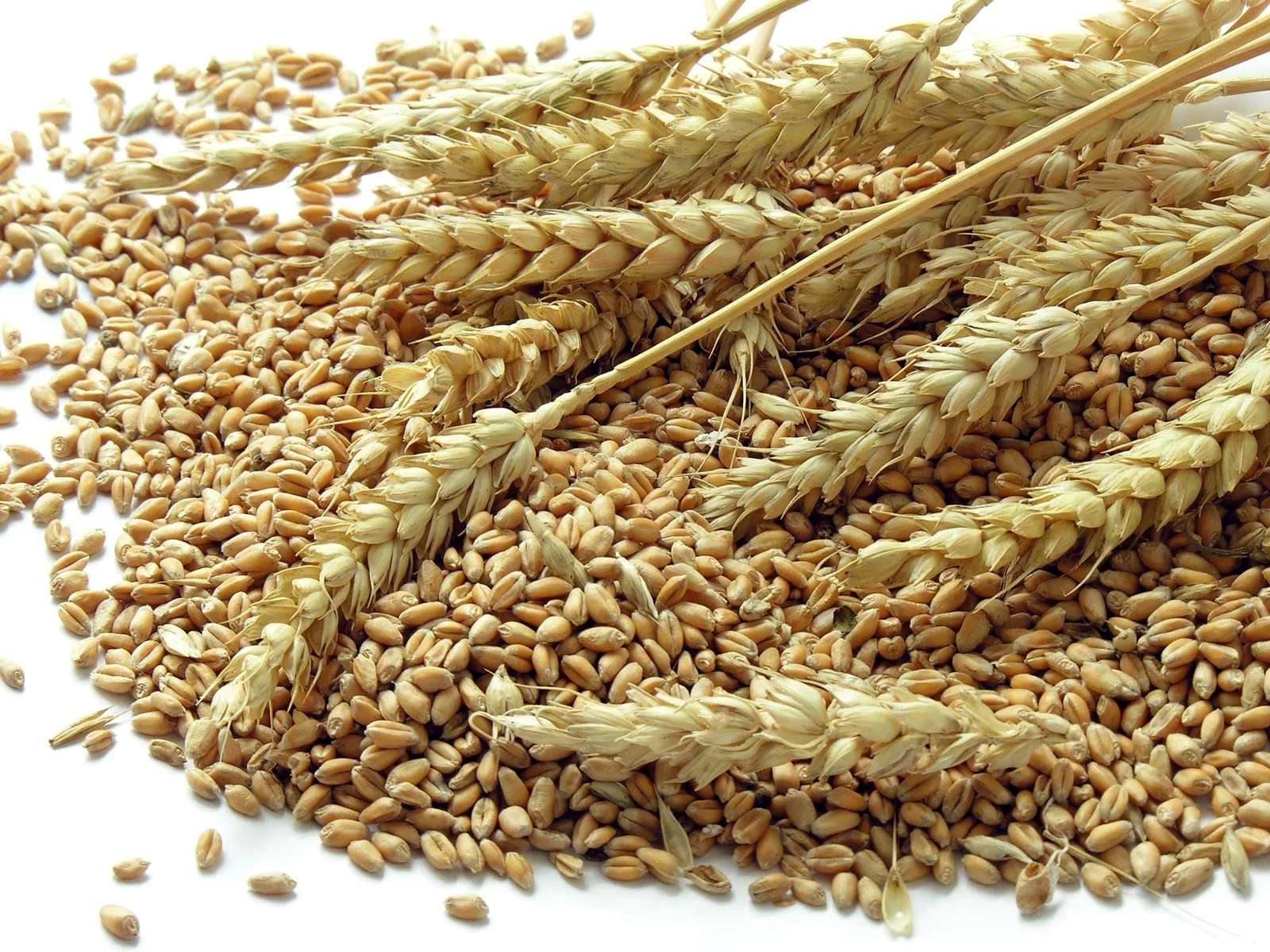
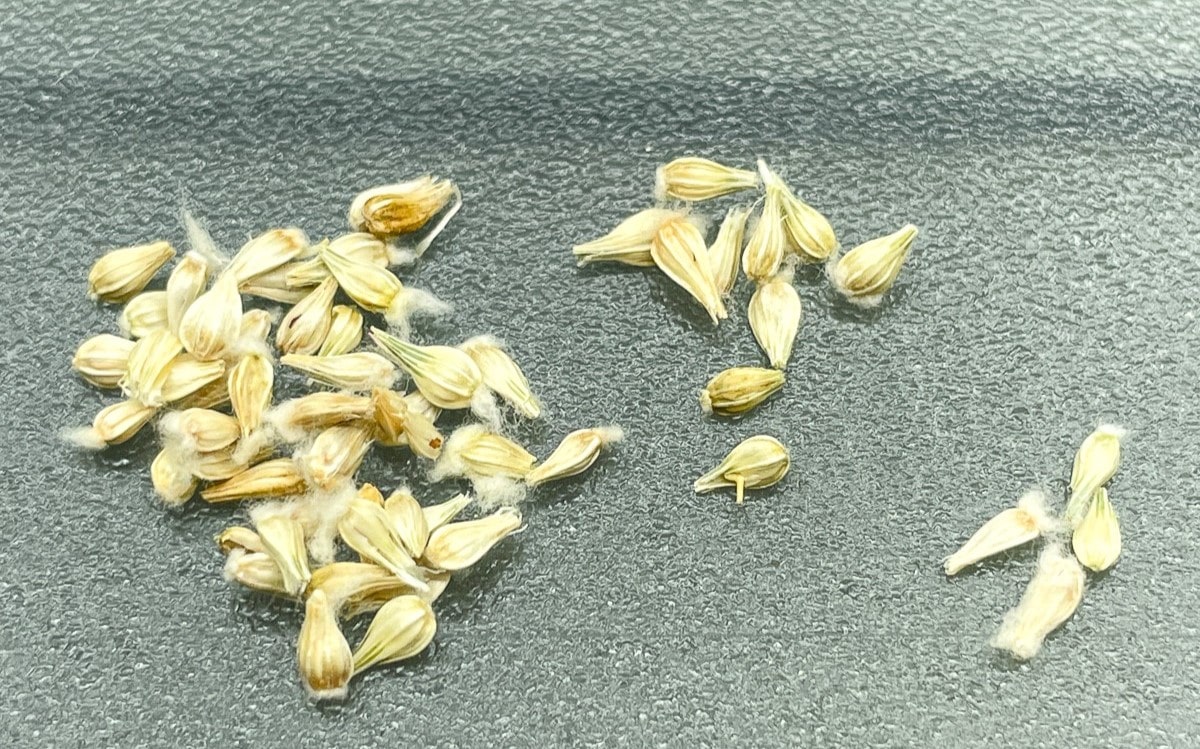

0 thoughts on “What Kind Of Seed Do Cardinals Like”